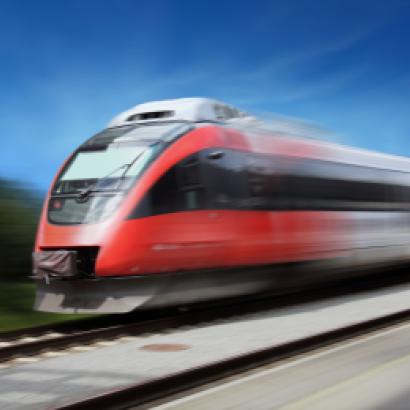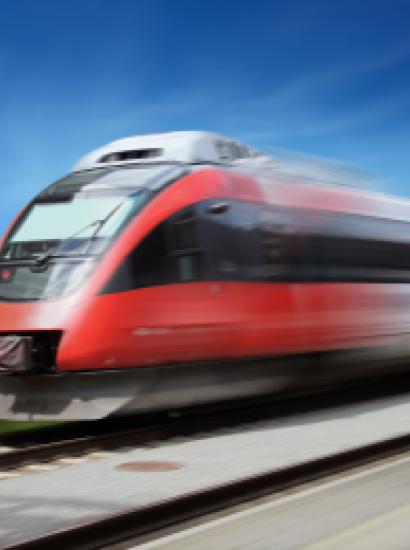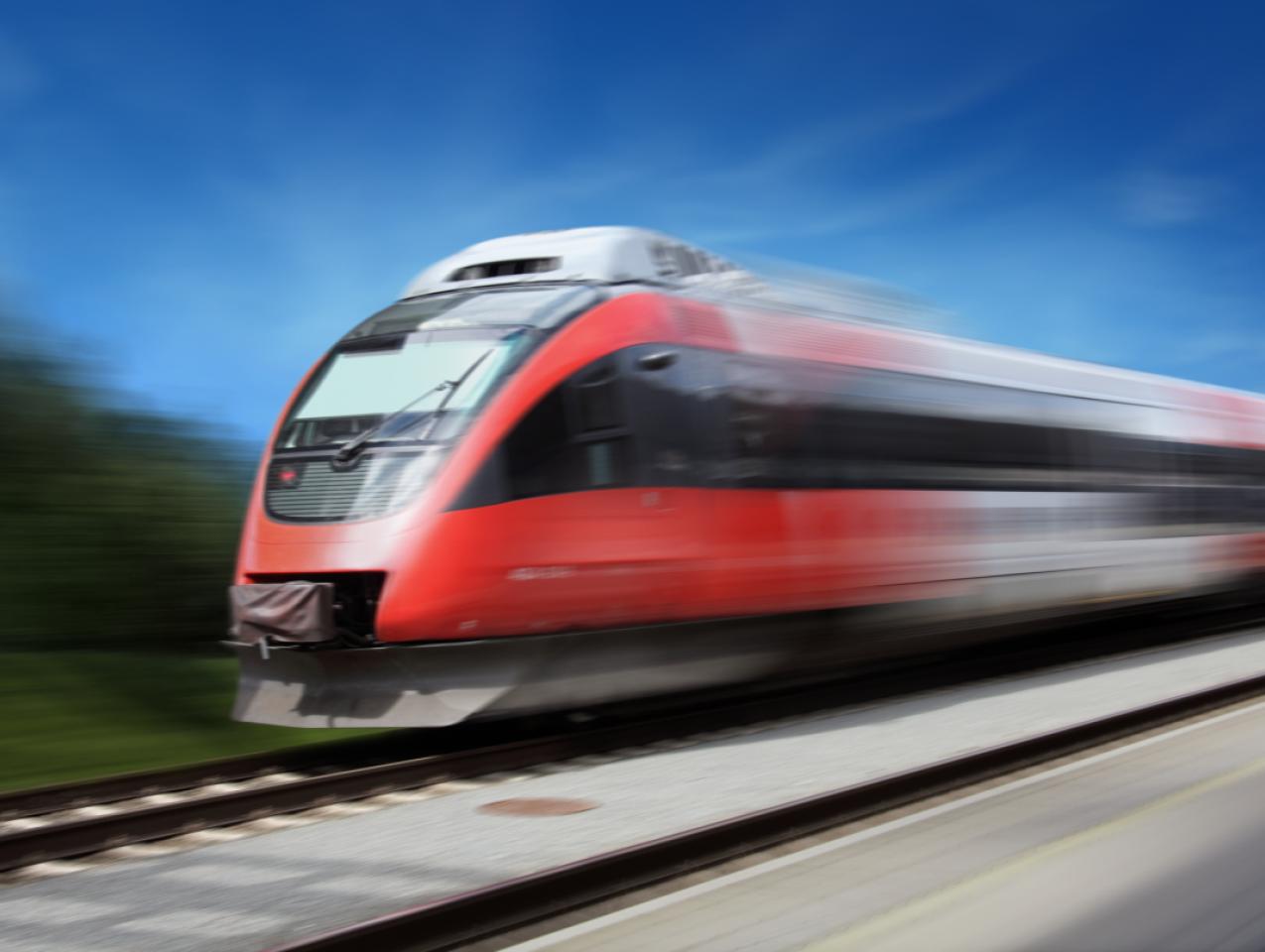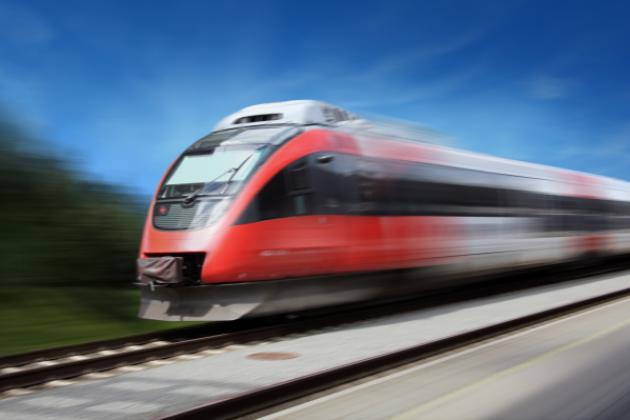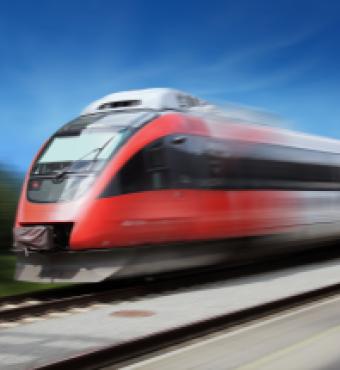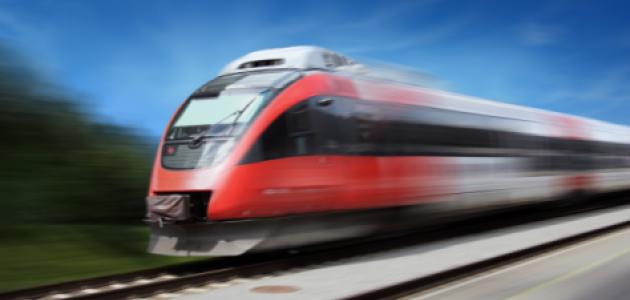Last month, California governor Gavin Newsom announced that California’s ill-fated high-speed rail project would be scaled back enormously due to cost overruns and delays. The original project, which had an initial cost estimate of $33 billion, would have provided high-speed train service (speeds on some segments in excess of 200 miles per hour) beginning in San Diego, traveling through Los Angeles and the Central Valley up to the state capital of Sacramento, and would have also included the San Francisco Bay Area and Silicon Valley. With possible federal contributions, this idea sounded promising enough that nearly 53 percent of California taxpayers voted for a $9 billion bond in 2008 to help finance it.
In 2010, the federal government agreed to provide over $3 billion in funding from Obama’s stimulus plan, the American Recovery and Reinvestment Act. Good news, right? But a funny thing happened on the way to the station. The cost for the full project ballooned to nearly $100 billion. Cost overruns and planning and implementation mistakes were so large and frequent that they became comical.
None of this was resolved by former governor Jerry Brown or state legislators, despite the fact that everyone knew the project was becoming grossly bogged down with delays, cost increases, and malfeasance. The performance of the California High-Speed Rail Authority (CHSRA) has been so remarkably bad that the state auditor concluded the following in one of its reports:
“The (California High-Speed Rail) Authority’s flawed decision making regarding the start of high-speed rail system construction in the Central Valley and its ongoing poor contract management for a wide range of high-value contracts have contributed to billions of dollars in cost overruns for completing the system.”
The report detailed that the CHSRA began building before acquiring sufficient land (how does one even do that?); that it did not address relocating public utilities (really?); and that it had forgotten to obtain sign-offs from all stakeholders (didn’t they have somebody checking off boxes on the to-do list?).
These mistakes and their consequences led Newsom to enormously scale back the project. But it is still not clear what will happen next. Newsom announced that the route connecting Bakersfield and Merced is still planned to be built. Note that I write “planned to be built” and not “definitely will be built.” The cost of building the Bakersfield-Merced route is projected to be about $16 billion to $18 billion, assuming there are no further problems or delays.
You now see that budgeting for building a train in California is like budgeting for renovating a very old house. The building contractor can only tell you how much it costs if there are no “surprises.” But there are always “surprises” in renovating old houses. You never know what is behind a wall (dry rot as far as the eye can see?) or under a wood floor (termite party?). And if the history of California high-speed rail is a guide, the next mistake and the next lawsuit are just around the corner. So like an old-home renovation, California needs to build in some cushion for the remaining high-speed rail budget. Realistically, the cost of the Bakersfield to Merced route will probably be closer to $20 billion when all is said and done. And having already spent over $5.4 billion, the total price tag may top $25 billion for what California will have to show for high-speed rail, which will be to connect Bakersfield and Merced.
California currently has about $15 billion in the high-speed-rail piggy bank. This is probably not enough, though the CHSRA will either assume it is enough or assume funding from future revenue sources.
In response to Newsom’s announcement of the sharply curtailed train, President Trump canceled the latest federal payment of over $900 million for the train, and is demanding that $2.5 billion in previous federal spending on the rail be returned to Washington.
You can imagine that the other 49 states, which provided much of this funding, are unhappy with California over this ridiculous snafu. Think of this ill-fated project as a partnership, in which one partner (the federal government, representing the rest of the country) put up funds for an enormous rapid-transit project. But what the rest of the country is now seeing is something of a reneging (well, let’s be honest—a lot of reneging) on the deal by California, which is essentially saying: “Well, we made a ton of really stupid mistakes, the costs spiraled out of control—completely out of control. Yes, we knew about these problems, but nah, we didn’t do anything to correct them. We might be able to connect a couple of wonderful towns that you probably have never heard of. Thanks again for your contribution!”
So can Trump get this money back? The good news for California (I really hate to say this, as horrendous performance should not be rewarded) is that California, at least for now, may not need to pay one cent back to the rest of the country.
California will be considered to be compliant with the terms of the federal grant if an initial, 120-mile high-speed train track is completed by December, 31, 2022. So California has roughly three years and eight months to satisfy this requirement. It is no small wonder that Newsom just replaced the director of the CHSRA.
Note, however, the fine print—or the lack thereof. The federal grants for the California train are based on agreements that require the train track to be completed on this 120-mile route by the end of 2022. The agreements don’t require that California actually buy trains for those tracks, much less commence train service, for heaven’s sake. And maybe, just maybe, the state can build the tracks alone—and not the trains, or the stations, or anything else having to do with the high-speed rail—without going over their new budget.
Of course, even with the federal money, this project would not come close to passing a cost-benefit test. Just imagine how a competitive $20 billion investment could improve economic performance in California’s Central Valley. But this is California, where nutty things happen, and this could be just about the nuttiest. And there is more bad news. Would you believe that expensive environmental reviews of routes that will most likely never be built are continuing? Welcome to the bizarre world of California government.








